Just off the beaten path in central Seoul lies Buam-dong, a quiet neighborhood that was once a retreat for royalty and aristocrats.
It has long been called a hidden gem of Seoul and known as “a natural hotspot like no other in Seoul,” nestled in the mountains.
Today, its unique combination of tranquility and natural beauty attracts many visitors.
“Buam-dong” is located about a 15-minute bus ride from Gyeongbokgung Palace Station. Once you arrive here, away from the hustle and bustle of downtown Seoul, you’ll be greeted by the tranquility of nature and the feeling that time has stopped.

There are many places near “Changuimun” where you can capture a beautiful view, but it takes a bit of effort to fully enjoy the area, which involves walking through alleys and hills.
Due to the lack of vehicle access, public transportation is recommended.
Nestled between “Mt. Bukak” and Mt. Inwang, Buam-dong boasts panoramic views and clean air thanks to its location. To get the most out of this neighborhood, let’s start with some of the best places to eat around Changuimun.
Buam-dong is most commonly known as the area behind the Blue House and above the “Jahamun” Tunnel. Jahamun was originally named Changuimun, but people have come to prefer the name Jahamun, which means “purple sunset” to reflect the beautiful sunsets in the area.
There are four large gates and four small gates in the Seoul Fortress, and Changuimun, the small northern gate, is one of the few gates that has retained much of its original appearance.

The three streets in front of Changuimun are home to a number of famous restaurants, the most famous of which is “Jahason Mandu“, a Michelin-starred restaurant where you can enjoy a specialty dumpling dish while taking in the stunning views of Mount Inwang.
Another popular spot is ‘Gye-yul-sa‘, a chicken restaurant featured on Korean TV shows ‘Wednesday Gourmet Show (Suyo Misikhoe’ and ‘Master of Life (Saenghwalui Dalin)’ It serves traditional Korean fried chicken with a variety of side dishes.
“Buam-dong Tonkatsu House 1979” is also famous for its large and delicious pork cutlets. We especially recommend the set menu here, which includes tenderloin cutlets.
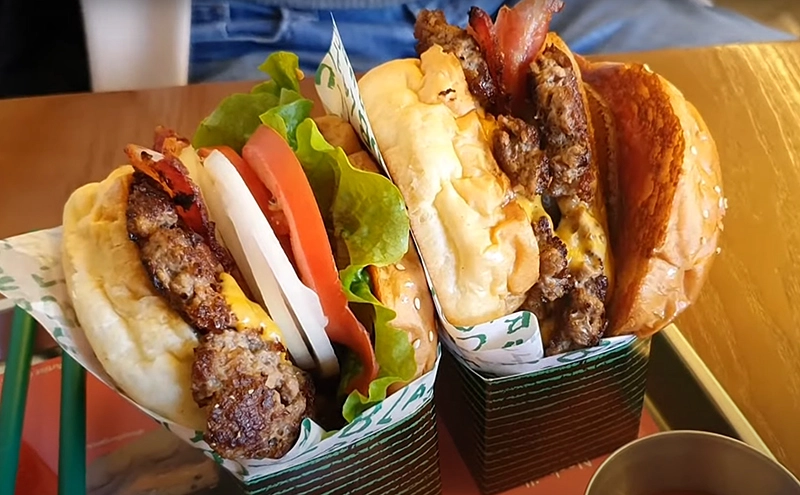
Buam-dong is connected to Bukak Skyway, making it a popular scenic drive. “Rage Burger Club” is famous for its handmade burgers, and ‘Lanzhou Uyukmyeon’ is popular for its hearty beef noodles, similar to Korean ‘doganitang’.
At the end of the street is “Moms kitchen“, a cozy homestyle restaurant run by a Japanese owner from Tokyo. The carefully crafted dishes and generous use of ingredients make this a place you’ll want to return to.
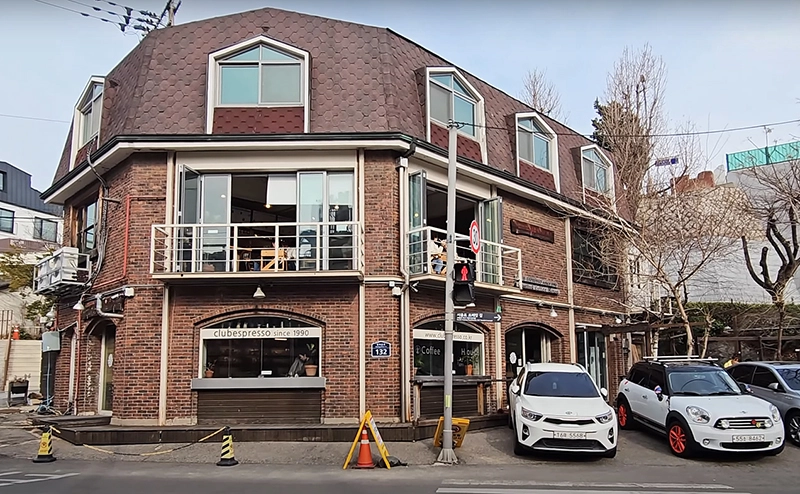
Buam-dong is a neighborhood where many artists live, and artistic elements permeate everywhere. “Club Espresso“, a must-visit cafe at the three-way intersection, is an old roastery cafe with furniture made by the owner himself.
They also sell various coffee accessories and their freshly baked coffee is very popular. Buamdong Waffle is also famous for its delicious waffles.
This waffle shop serves waffles during the day and transforms into a small bar at night. It is also known as the place where actor “Kim Dae-myung” visited with PD “Na Young-seok”, saying “the highballs are delicious” on the YouTube channel “Channel 15ya”.
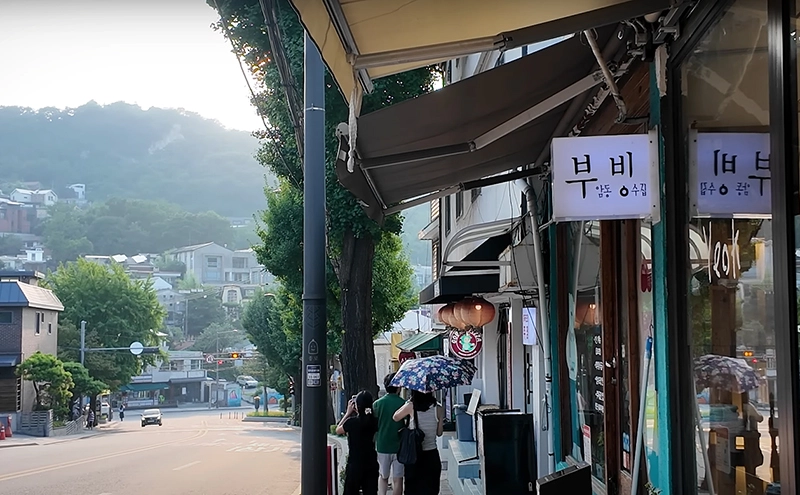
“Bubing” is another popular dessert specialty shop that became famous among Japanese tourists after being featured on a popular Japanese blog.
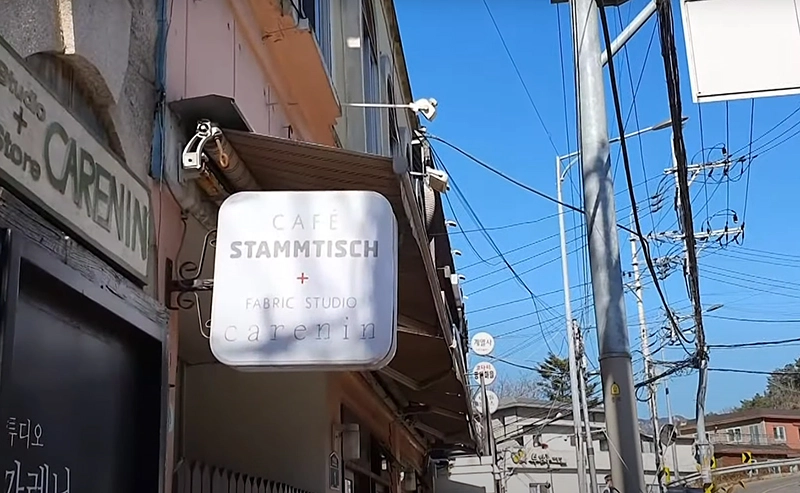
Unlike traditional shaved ice, the shaved ice here is characterized by its cotton candy-like softness, and you can order a variety of flavors. Nearby, Buam-dong Cafe “Stammtisch” serves carefully made shaved ice at a relatively low price and has a cozy atmosphere for a relaxing break.
The upstream area near Mt. Bukak has many hidden spots. One of them is the “Parasite” Photo Zone, the location of director Bong Joon-ho’s film “Parasite,” where the scene where the Ki-tack family escapes from President Park’s family was filmed, and the staircase that symbolizes the divide between social classes.
The “Hwan-ki Art Museum“, founded by famous Korean abstract artist “Kim Hwan-ki” and his wife “Kim Hyang-an”, is also worth a visit. The museum’s architecture is in harmony with nature, allowing visitors to appreciate the artist’s work more deeply.
A short walk further on, you’ll come across “Baek-sasil Valley,” a small stream flowing down from Buak Mountain. This is the site of “Baekseokdongcheon”, where “Kim Jung-hee (Chusa)” stayed, and is a beautiful valley with clear water flowing from the deep forest.
Baeksasil Valley is also home to various species such as salamanders and is a special place to feel the power and beauty of nature.
As you make your way down the valley, you’ll also come across “Hyeontongsa“, a small temple. The valley is beautiful with a stream flowing through the rocks, and the view from Hyeontongsa Temple is spectacular.
The hike from Buam-dong can be strenuous, but there are some hidden gems of cafes at the end. Baekhwamil is famous for its honey drinks and desserts made from beekeeping, and is the perfect place to relax and heal in the mountains.
The ‘Mountain Corner’ cafe, famous as a filming location for the drama “Coffee Prince”, and ‘Heejak’, with its beautiful panoramic view of Mt. Inwang, are also worth a visit.
On the way down, you’ll come across a cafe called “Art for Life” that feels like an artist’s studio. It’s also famous for having been visited by singer IU and RM of BTS.
There are many cafes with views along the Bukaks Skyway. “ADELA Bailey” is an upscale cafe with a valet service and parking fee, where you can enjoy drinks and bread with a beautiful view.
There are also several large privately owned art galleries and museums on the slopes of Mt. Inwang. Most of these have an entrance fee, but there are also many cultural spaces that are free to enjoy.
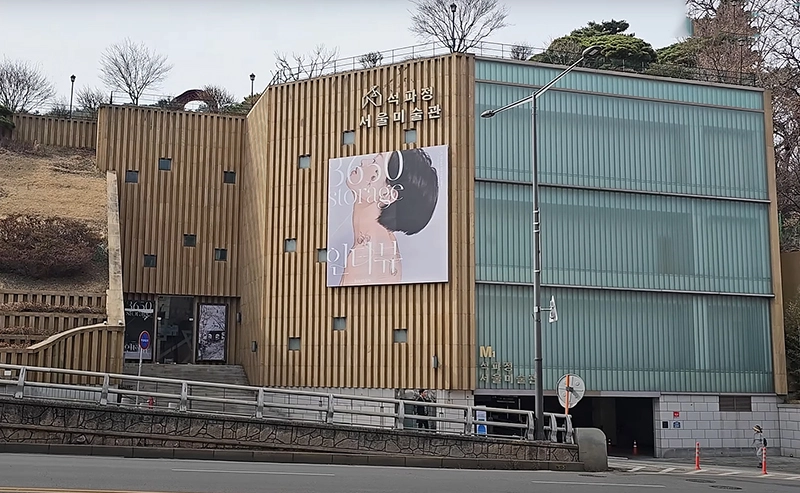
One of the most famous attractions in Buam-dong is the ‘Seok-pa-jeong Seoul Museum of Art‘, which is conveniently located on the side of the road and is a unique place to visit both the museum and Seok-pa-jeong, which was once the villa of the “Prince Regent Heung-seon”.
The late Joseon architecture is a unique blend of traditional Korean hanok and exotic decorations, and the Chinese-style pavilion in particular offers stunning views from every angle.
At the top of “Seok-pa-jeong” is the annex where Go-jong once stayed, and the view from here makes it easy to understand why “Prince Regent Heung-seon” was so fond of the place.
“Seokpajeong Seoul Museum of Art” displays works by some of Korea’s leading artists and also hosts exhibitions that provide insight into their stories.
The current permanent exhibition, “I’m doing well,” is a big hit with visitors, and the special exhibition, “Radiant Sunlight”, runs until November 3, 2024.
Buam-dong is also home to another unique museum, the “Jaha Museum of Art”. It’s located at a high altitude, giving it the best views that you won’t find in any other museum in Seoul.
Similar to the Jaha Museum, “Mok-seok-won”, a museum dedicated to wood carving, is also located at a high elevation and offers beautiful views of traditional wood carvings.
Buam-dong was once home to many villas where Joseon royalty and nobles enjoyed the scenery and leisure, and there are numerous historical sites here.
One of them is the ruins of “Mu-gae-jeong-sa”, the site of the villa of “Prince Anpyeong”, the third son of “King Sejong”. Today, the site is privately owned and inaccessible, but you can still feel its atmosphere indirectly at the nearby “Mu-gae-jeong-sa”.
Here, you can see a copy of the painting “Mong-yu-do-won-do”, which “Prince Anpyeong” commissioned the artist “Ahn Gyeon” to paint based on a dreamscape. The original is housed in the library of Tenri University in Japan.
“Mu-gye-won” was originally a hanok called “O-jin-am” in Iksun-dong, but was relocated to Buam-dong and reborn as a traditional cultural space. It offers free traditional experience programs where visitors can try calligraphy and fan making.
There are also restaurants and famous cafes at the foot of Inwangsan Mountain and around Seok-pa-jeong. ‘Segumjung Pork Cutlet’ is located on the second floor of the “Saemaul Geumgo” near “Seok-pa-jeong”.
Here you can enjoy carefully made pork cutlet in a cozy atmosphere like a book cafe, with the perfect combination of tender pork and crispy fried batter.
The carrot soup, made from scratch every morning, is a signature delicacy here and features the sweet, rich flavor of fresh carrots. Served with the tonkatsu, it adds to the harmony of flavors and is sure to win the hearts of visitors.
After a satisfying meal at “Three black pork cutlet”, it is recommended to visit “Konte”, another charming place in Buam-dong.
The restaurant specializes in Italian home-style food and tells the heartwarming story of three sisters who own their own restaurant in Buam-dong.
Drawing on their experiences of living in Italy, the sisters have recreated the warm atmosphere of home by serving authentic Italian home-style dishes. “Conte” serves a variety of Italian dishes made with fresh ingredients, and it’s worth checking out the sisters’ neighboring small shop “Bottega Conte” and grocery store “Alimentari conte“, which they also run.
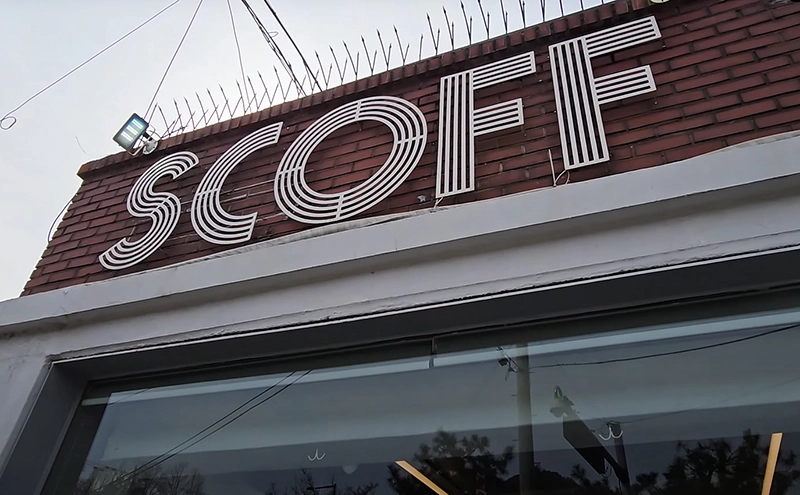
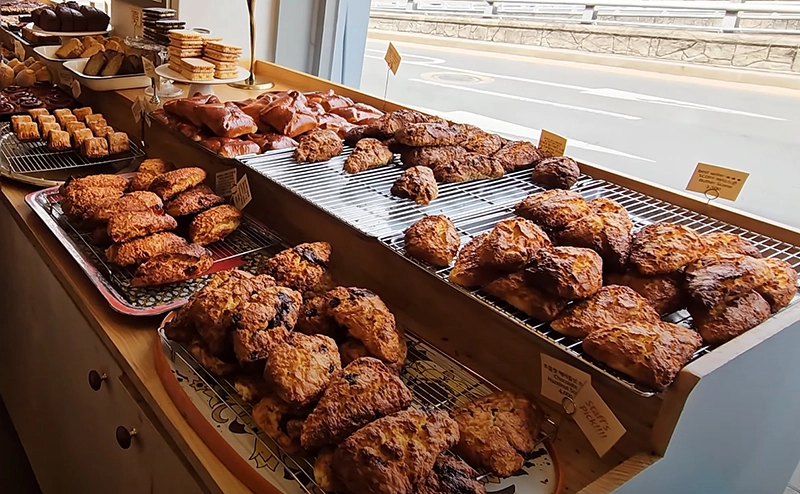

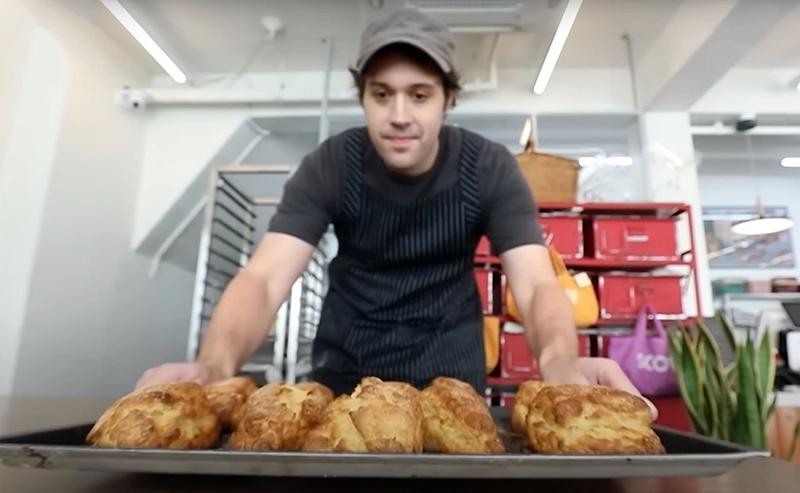
“Buam-dong Scope” is a scone shop that has been featured on Korean TV programs such as ‘Wednesday Gourmet’ and ‘Master of Life,’ and serves English-style scones, cakes, and Brownie.
As you stroll through “Buam-dong”, you can easily see traces of Seoul’s castle walls. There are also many places to visit in Cheongnyun-dong, located inside the city walls.
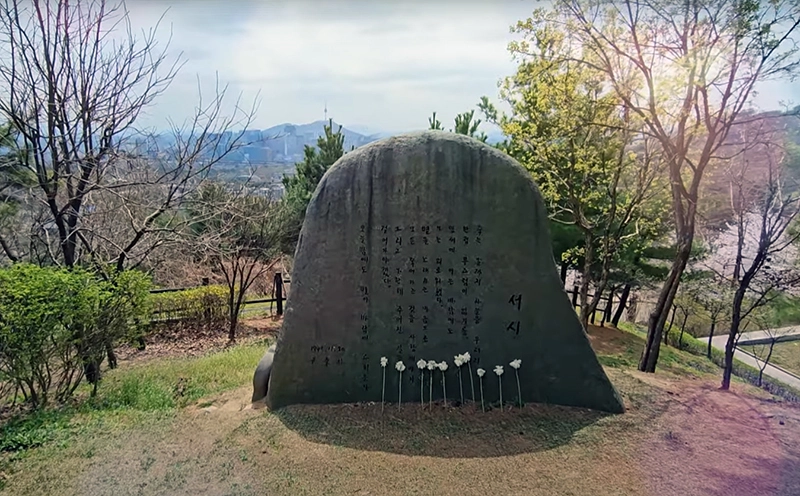
“Poet’s Hill” is a place where poet “Yun Dong-ju” often walked, and at the bottom of ‘Poet’s Hill’ is the Yun Dong-ju Literature Center“, which houses his handwritten manuscripts.
The museum is an interesting space that was originally built to supply water to Cheongwoon Apartments. Watching a video about Yun Dong-ju inside the water tank makes the stifling reality of the time come alive.
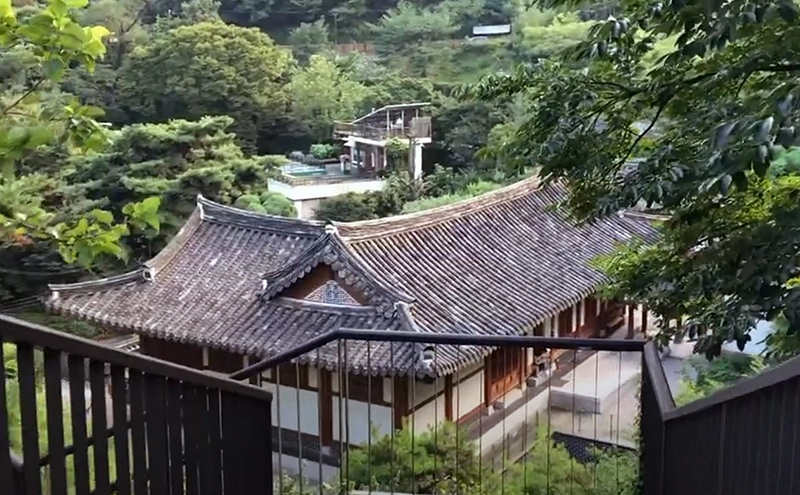
“Cheong-woon Literature Library” is a hanok library famous for its small waterfall and is a peaceful space where anyone can enjoy reading freely. This is another fascinating place in Buam-dong, where you can take a leisurely stroll through the hanok atmosphere.
Buam-dong was once under military control due to an attempted assault on the Blue House by North Korean special forces, but the area is now completely open and free to visit.

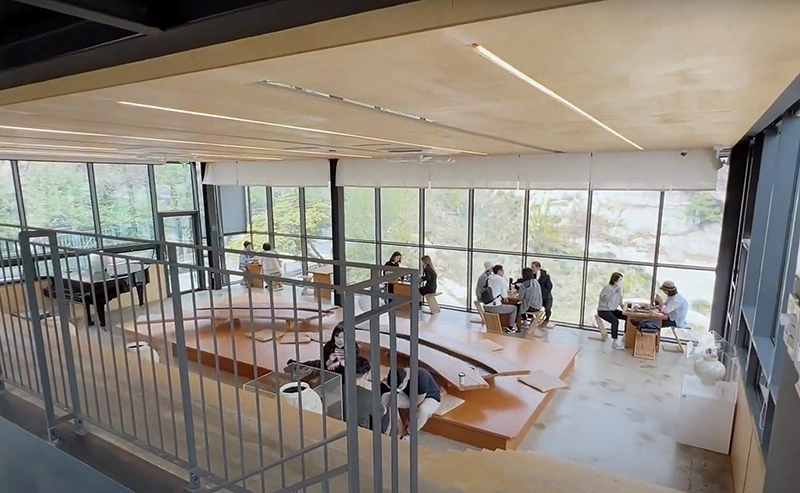

“Cho-so-chaek-bang” is a book cafe that was remodeled from an old guard post and is a popular hotspot for its panoramic views of Seoul from the forest.
There is another space that utilizes a sentry post called “Mt. Inwangsan Forest Shelter”. Anyone can come and go as they please, but it is not easily accessible to everyone.
Buam-dong is one of the few places in the city where you can deeply connect with nature. When you want to get away from the hustle and bustle of Seoul, Buam-dong is the perfect choice.
Its combination of nature, history, and art creates an unforgettable experience for visitors. It’s also a neighborhood you’ll want to come back to when you’re feeling reflective or just want to relax.


1 comment
This article got me thinking about comparable scenarios in other regions.
It would be enlightening to see a cross-cultural examination of how different areas are handling this problem.